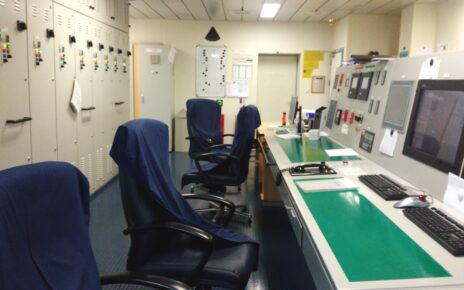If you are interested in learning more about the United States Coast Guard (USCG) and its fleet of vessels, you might have come across the term “cutter”. But what exactly is a cutter and what makes it different from other types of ships? In this blog post, we will answer these questions and provide some examples of the various classes and types of cutters that the USCG operates.
What is a United States Coast Guard Cutter?
A cutter is a term used by the USCG for its commissioned vessels that are 65 feet (19.8 m) or greater in length, have a permanently assigned crew, and have accommodations for the crew to live aboard. They carry the ship prefix USCGC, which stands for United States Coast Guard Cutter. The term cutter is derived from the English word for a small, decked ship with one mast and bowsprit, which was used by the British Customs and Excise to enforce maritime laws. The USCG adopted the term when it was established in 1790 as the Revenue Cutter Service, a branch of the Treasury Department that was responsible for collecting customs duties and preventing smuggling.
What are the roles and missions of cutters?
Cutters are versatile and multi-mission vessels that can perform a variety of tasks in support of the USCG’s statutory missions, which include:
– Maritime law enforcement
– Drug and migrant interdiction
– Search and rescue
– Homeland security and defense
– Marine environmental protection
– Fisheries regulation
– Ice operations
– Humanitarian assistance and disaster relief
Cutters can operate independently or as part of task groups and serve as mobile command and control platforms for surge operations such as hurricane response, mass migration incidents, and other events. Cutters can also support Arctic objectives by helping regulate and protect emerging commerce and energy exploration in Alaska.
What are the different classes and types of cutters?
The USCG currently operates more than 200 cutters of various classes and types, ranging from 65-foot inland buoy tenders to 420-foot icebreakers. Some of the most common and notable classes and types of cutters are:
– National Security Cutter (NSC): The NSC is the largest and most technologically advanced of the USCG’s newest classes of cutter. The NSC is designed to operate in the most demanding maritime environments, with enhanced capabilities for intelligence, surveillance, reconnaissance, command and control, communications, and self-defense. The NSC can carry a crew of up to 148 personnel, a helicopter, and two small boats. The USCG plans to acquire a total of 11 NSCs, with three already in service and rest under construction.
– Offshore Patrol Cutter (OPC): The OPC is the USCG’s highest investment priority and will provide a capability bridge between the NSC and the Fast Response Cutter (FRC). The OPC will be able to conduct missions such as law enforcement, drug and migrant interdiction, search and rescue, and homeland security and defense in medium to high threat environments. The OPC will have a length of 360 feet, a maximum speed of 22.5 knots, a range of 10,200 nautical miles, an endurance of 60 days, and a crew of up to 126 personnel. The USCG plans to acquire a total of 25 OPCs, with the first one expected to be delivered in 2022.
– Fast Response Cutter (FRC): The FRC is a 154-foot patrol boat that serves closer to shore than the NSC or OPC. The FRC has improved speed, endurance, seakeeping, interoperability, and command and control capabilities compared to the older 110-foot Island-class patrol boats that it replaces. The FRC can carry a crew of up to 24 personnel, a small boat, and a stabilized remote-controlled weapon system. The USCG plans to acquire a total of 64 FRCs, with 54 already in service and 10 under construction.
– Medium Endurance Cutter (MEC): The MEC is a class of cutters that range from 210 feet to 282 feet in length and have an endurance of up to 45 days. The MECs perform missions such as law enforcement, drug and migrant interdiction, search and rescue, fisheries enforcement, and homeland security. The MECs are aging and becoming increasingly expensive to maintain and operate, and will eventually be replaced by the OPCs. The USCG currently operates 28 MECs of four different types.




NSC have 3 deployable small boats
Buoy Tenders are cutters, too. WLBs and WLMs should have at least been included – they have the same mission set as the white hulls in addition to ATON work